In the digital age, data is not just the new resource, but also the ultimate tool of power. In China, dubbed “ the world’s most connected country,” a sophisticated surveillance ecosystem operates quietly but powerfully.
Facial recognition cameras are densely placed at every intersection, behavioral analysis algorithms run in the background in every application from electronic payments to social networks, personal data is compiled into digital profiles so detailed that every step, transaction... can be analyzed.
What is the current landscape of camera surveillance in China? And what are the data links that connect every citizen to this surveillance machine?
An overview of camera surveillance in China
China is currently the global leader in CCTV (Closed-Circuit Television) surveillance camera deployment, with more than 700 million security cameras installed nationwide by 2024, according to statistics from Comparitech and Statista .
This is a number far exceeding any other country and equivalent to nearly half of the global surveillance cameras, making China the country with the largest surveillance camera ecosystem in the world.
These systems not only simply record images but also integrate facial recognition, behavioral analysis, artificial intelligence (AI) and big data technologies to monitor social behavior in real time.
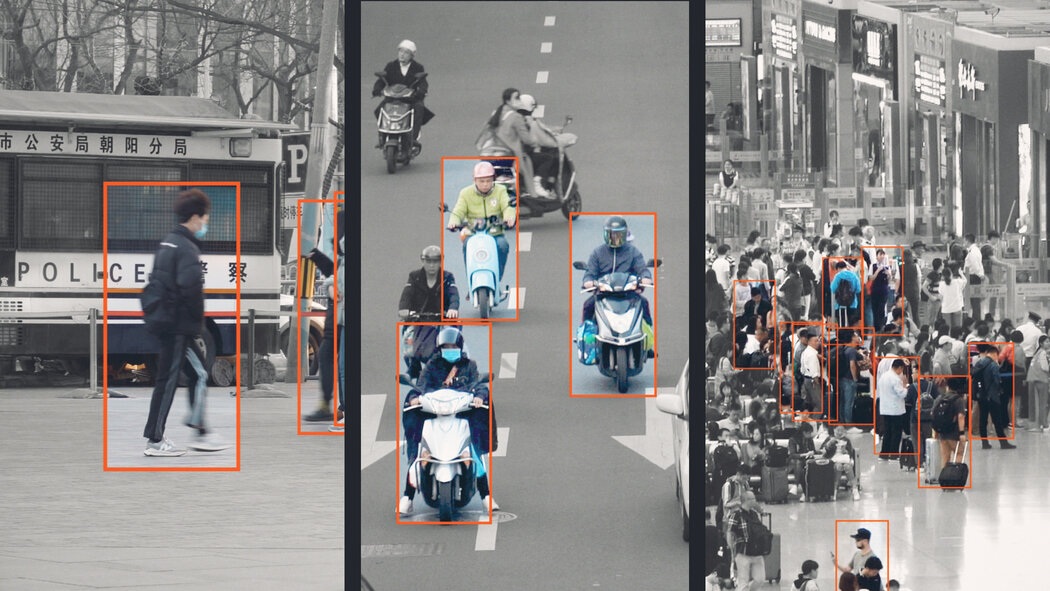
The "smart city" model in China has turned cameras into sleepless "magic eyes" (Photo: NYTimes).
From major cities like Beijing and Shanghai to remote rural areas, CCTV cameras have become an inseparable part of modern Chinese life.
It is not too difficult to see that the "Smart City" model in China has turned cameras into "magic eyes" that never sleep. These devices are integrated with AI to analyze unusual behaviors such as gathering in large crowds, driving in the wrong direction, illegal parking or running red lights.
Beyond traffic management, CCTV cameras also play a role in building a “social credit score” system where citizens are rated and classified based on their public behavior. This is key to China’s ambition to create a society powered by artificial intelligence and real-time data.
One of the core technologies integrated into China’s CCTV ecosystem is facial recognition. Thanks to fast and accurate recognition, AI algorithms can now identify a person within seconds, even if they are wearing a mask or hat.
This technology is increasingly used to track criminals, search for missing people, control access to residential areas, commercial areas, schools, subways...
Applications of facial recognition technology: From security to commerce
Not only used for security purposes, facial recognition technology has also penetrated deeply into the fields of retail, banking and urban management.
Some stores in Beijing and Hangzhou allow customers to pay with just a scan of their face, no cash or bank card required. In schools, CCTV systems can identify students who are late, dozing in class or behaving abnormally.
Digital footprints (transactions, social media, identity, mobile, apps...) do not exist independently but are closely linked to the CCTV system. There, every action you take contributes to a digital record.
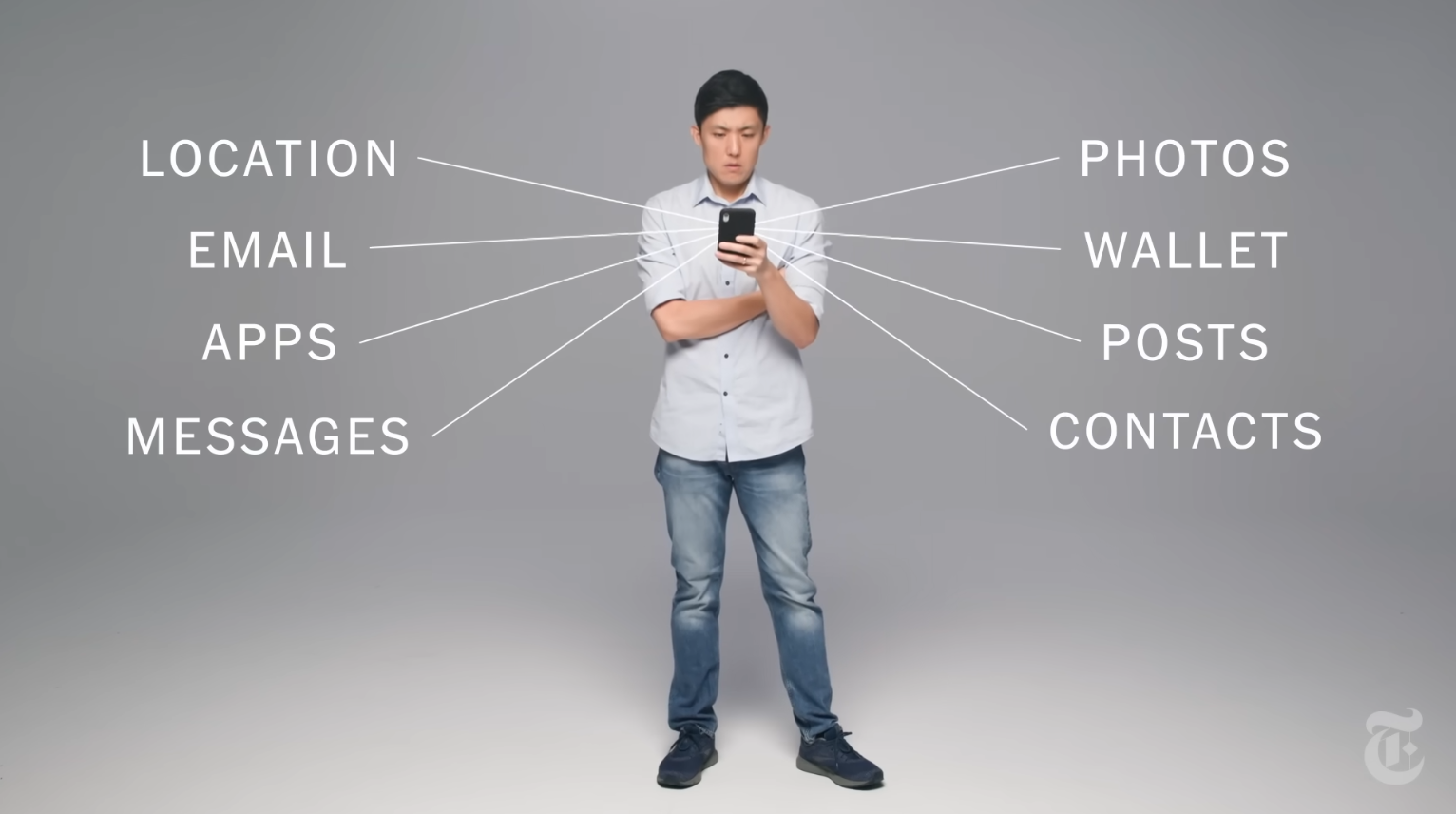
Every user action on the Internet can be traced, from location, email, applications, messages, photos... to online transactions, online posts, contacts in the address book (Photo: NYTimes).
Specifically, CCTV systems record people's faces, voices and behaviors in public places, while digital payment platforms such as Alipay or WeChat Pay store details about consumer habits, spending levels and transaction locations.
At the same time, social networks record all posted content, including posts, comments, images, and interaction times.
All these data sources, when integrated, form a comprehensive digital surveillance network. With the support of machine learning algorithms and AI, the system can analyze behavior, build digital citizen profiles, and make quantitative assessments of social trustworthiness.
These assessments are used to control access to services such as buying high-speed train tickets, getting credit, booking hotel rooms, or even traveling abroad. In the long term, the data could also serve AI models to predict behavioral risks, thereby assisting authorities in preventing behaviors that are considered to be unethical.
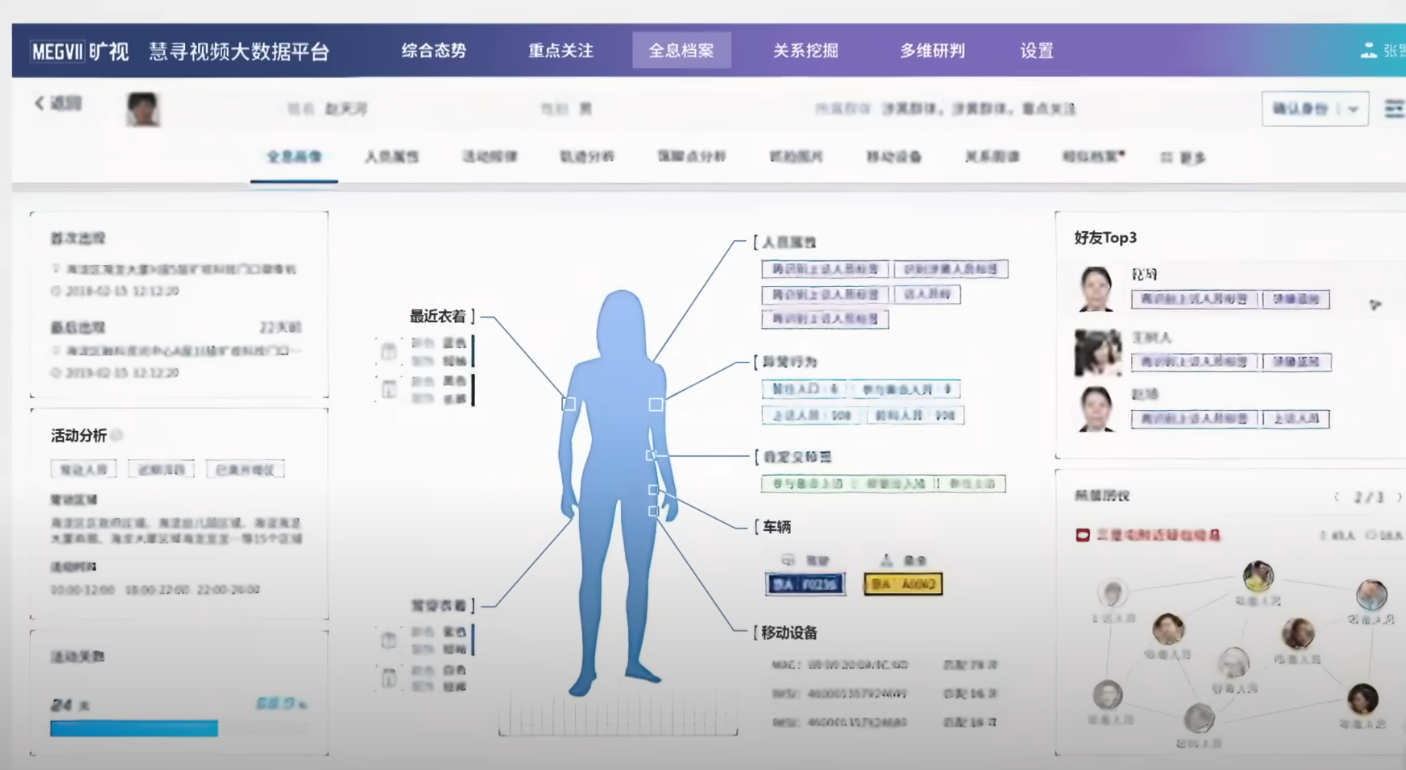
Security cameras play an important role in China's commercial and public "social credit" system (Photo: SCMP).
Notably, China is also the country with the world's leading number of technology companies producing surveillance equipment, providing millions of cameras and management software systems both domestically and internationally.
However, this has also raised concerns from the West, suggesting that some Chinese technology companies may use surveillance technology in ways that affect privacy, especially in the US and some European countries.
Technology lessons for developing countries
In the era of comprehensive digitalization, the application of smart surveillance technologies is not only a trend but also an inevitable requirement for urban management, crime prevention and improving the effectiveness of social governance.
It is undeniable that China – the world's number one technology power and the world's second largest economy today, has successfully deployed an integrated surveillance ecosystem of AI, Big Data and a dense network of cameras, bringing many positive results in the practice of population management, public order, traffic, health and finance.
In the publication titled Surveillance State by two journalists Josh Chin and Liza Lin (Wall Street Journal - USA), the authors assert that these technologies are not actually invented by China, but are mainly developed in Silicon Valley (USA), by corporations such as Google, Facebook and Amazon.
The difference is which country can apply it more effectively, deploy it on a larger scale, and have tight control and national strategy.
Developed countries such as China, the US, Europe... have successfully taken advantage of the power of modern technology to upgrade the entire system towards intelligence and the ability to predict behavior.
This is also something that many countries, especially developing countries, can learn from.
Source: https://dantri.com.vn/cong-nghe/he-thong-camera-ai-giam-sat-tac-dong-vao-xa-hoi-trung-quoc-ra-sao-20250717111317250.htm








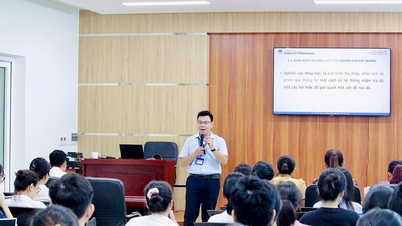

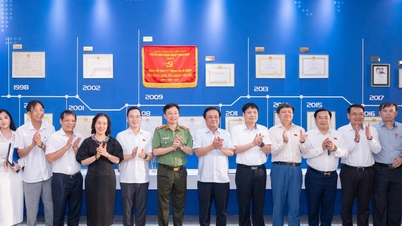









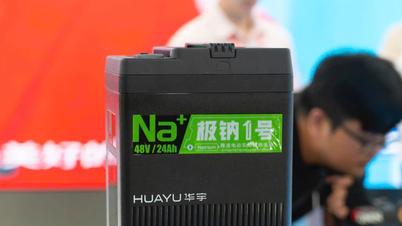
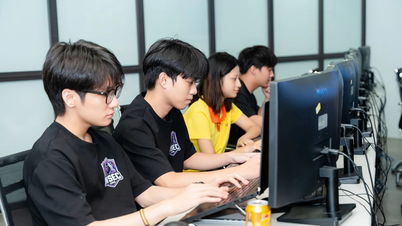










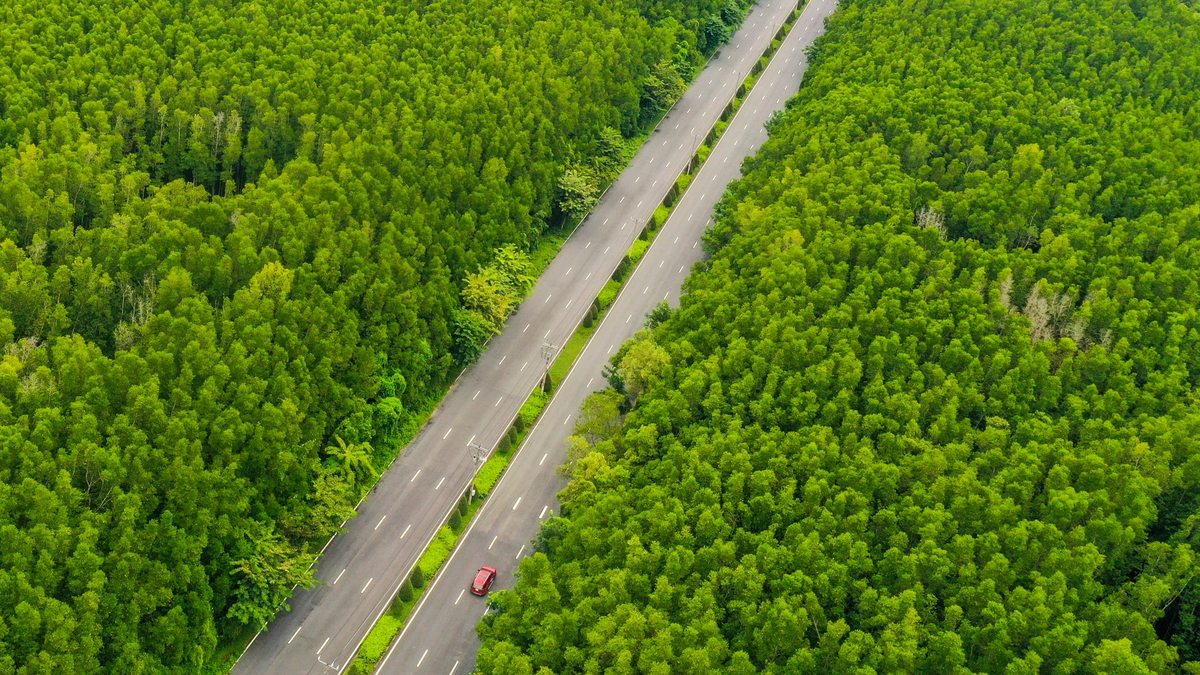
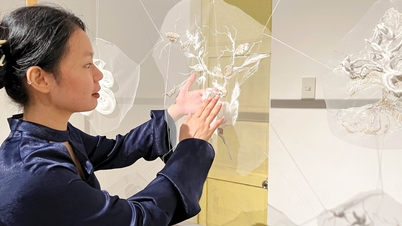







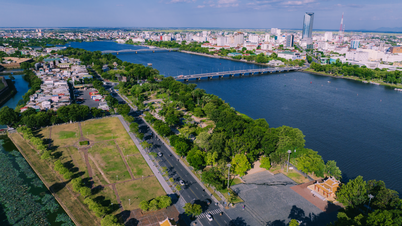



















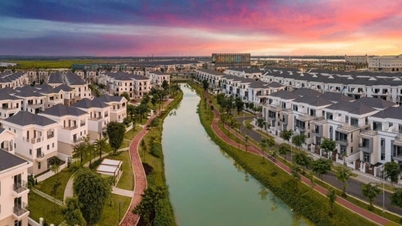




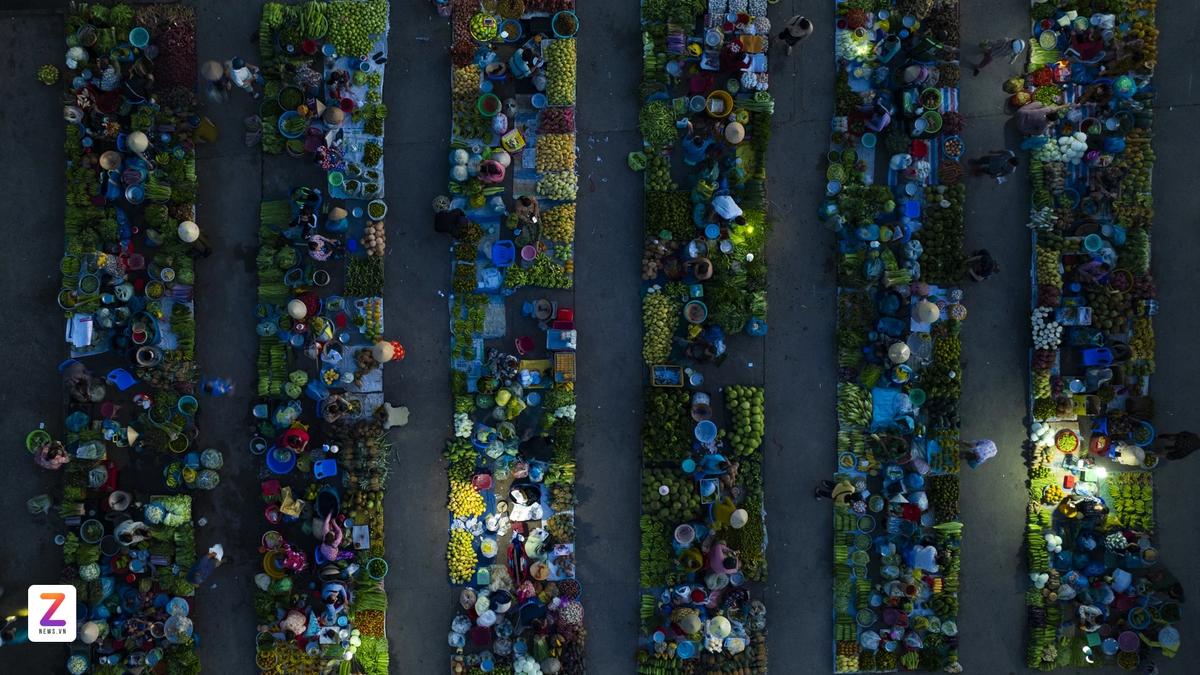



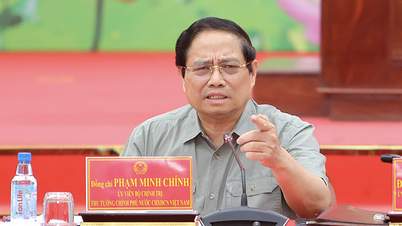
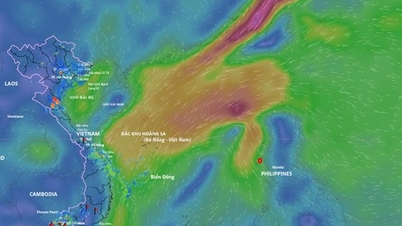










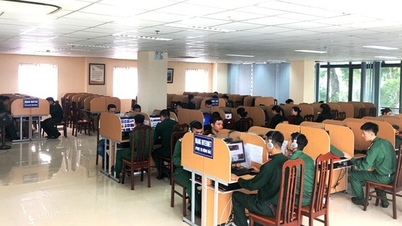




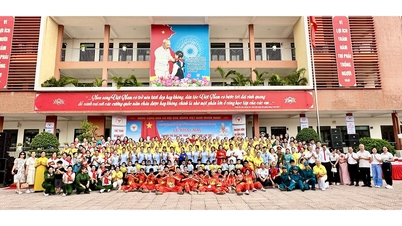

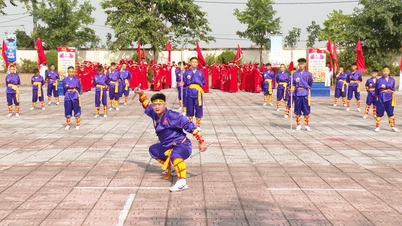















Comment (0)